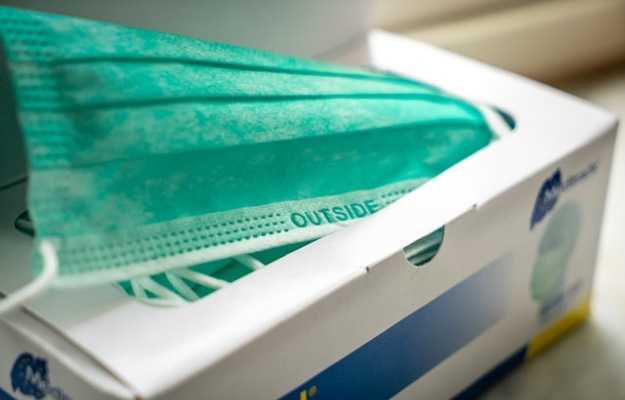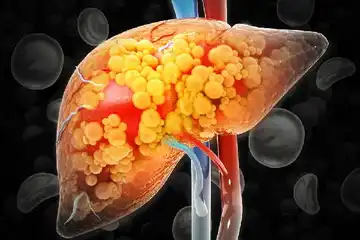Chapare haemorrhagic fever is a viral infection. It is caused by the Chapare virus of the Arenaviridae family—this family also includes the Lassa fever virus.
Rodents are the natural reservoir (host) of this family of viruses—however, the exact rodent responsible for transmitting Chapare virus to humans is still unknown.
A zoonotic disease, Chapare haemorrhagic fever may be transmitted to humans via the bites and scratches or any other means of direct contact with the infected rodents or through contact with their saliva, urine or droppings. (Zoonotic diseases are those which can be transmitted from animals to humans.)
Recently, researchers at the US Centers for Disease Control and Prevention said human-to-human transmission of this virus is also possible, though it is rare.
So far, two outbreaks of this virus have been noted—both of them in Bolivia, South America. Having said that, in the midst of the COVID-19 pandemic, there is growing interest in understanding any newer viruses that could affect humans anywhere in the world.
In the interest of knowledge sharing, we bring to you an article on Chapare haemorrhagic fever, its symptoms, causes, risk factors, prevention, diagnosis and treatment.

 Doctors for Chapare haemorrhagic fever
Doctors for Chapare haemorrhagic fever 











































